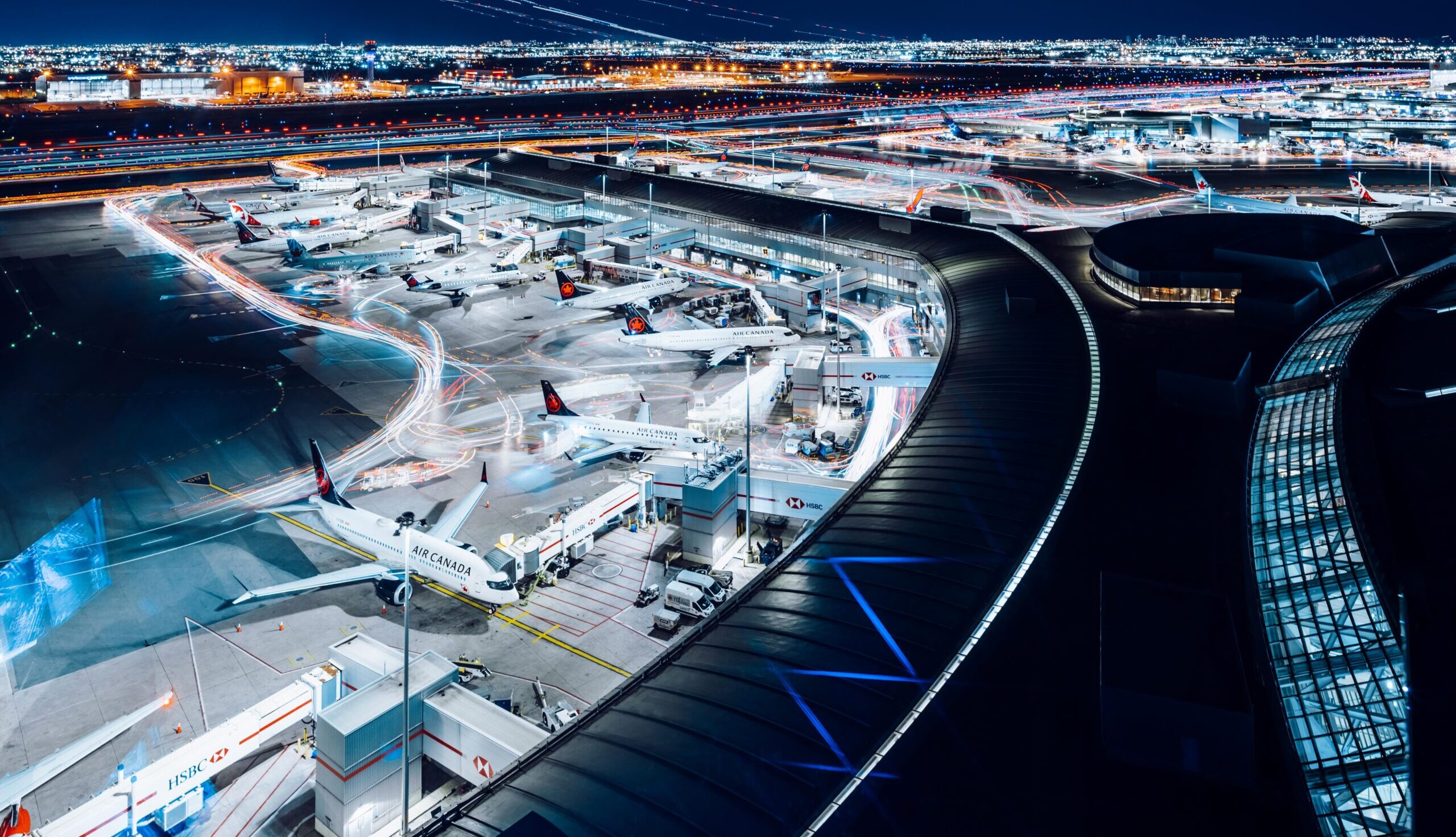
Features
Toronto Pearson improves traveller experience with AI upgrade
December 17, 2023 By SP&T Staff

Toronto Pearson Airport, operated by the Greater Toronto Airports Authority (GTAA) is using Axis Communications security equipment and Zensors artificial intelligence platform to help manage travellers’ wait times and expedite travel.
Pearson Airport is the largest and busiest airport in Canada and the second-busiest airport in North America for international traffic, receiving 276 inbound international flights a day and processing more than 21.3 million international arrivals a year. With passenger feedback about congestion and extended wait times at the Canada Border Services Agency, the airport needed to take action.
Airport leaders wanted the ability to accurately measure factors like queue length and wait time rather than relying on estimates. Using Axis devices and the Zensors AI platform, Pearson is able to correlate the relationship between wait times, corresponding flight numbers, time of day, and the overall schedule of inbound flights. Actionable insights are provided to airport personnel while maintaining visitor privacy and anonymity.
“An airport is a complex system with many moving parts, and it’s our job to ensure the passenger experience is smooth and enjoyable no matter the situation,” said Zeljko Cakic, director of airport IT planning and development for the GTAA, in a statement. “Axis cameras and the Zensors AI platform have been instrumental in helping us better manage operations and deliver a safer, more streamlined experience to travellers moving through Toronto Pearson.”
Zensors used AXIS Site Designer to determine which camera models would provide the best coverage for processing areas. As a result, Pearson added to its more than 3,000 Axis cameras already in use throughout the airport. The Zensors AI platform conducts predictive analysis by processing snapshots and real-time video streams from the Axis cameras. This camera coverage is split into matrices so the airport can identify individual passenger flows.
The AI continually measures the length of queues, associating them with the flight schedule, time of day, and other factors, delivering wait time predictions that are posted on the airport website and on overhead monitors in the terminals.
Print this page